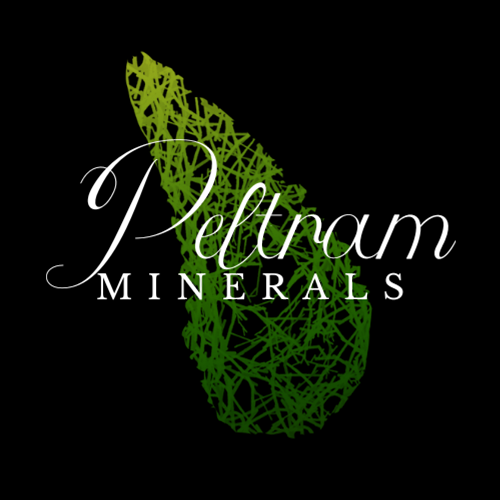Amber – Gdańsk, Poland
Locality: Gdańsk, Poland (Baltic sea)
Weight: 4g
Dimensions: 3,2 x 2,1 x 1 cm
| Category: | Poland |
|---|
Polish amber, often referred to as Baltic amber, is one of the best-known and most valuable types of amber in the world. Its origin dates back approximately 40 to 50 million years, when the resin of ancient coniferous trees from prehistoric forests seeped into the soil and waterways, where it gradually fossilized.
It is found mainly along the Baltic Sea coast, particularly in the area around Gdańsk and on the shores of the Pomeranian Voivodeship. Gdańsk has historically been one of the main European centers of the amber trade and is still known today as the “City of Amber.”
Properties and appearance
Baltic amber typically features a golden to honey-brown color, but it can also appear in shades of yellow, orange, red, milky white, bluish, or even green. It has a low hardness (2–2.5 on the Mohs scale), making it easy to shape and polish. This makes it extremely popular in jewelry-making. It is also unique due to its relatively high content of succinic acid, which can reach up to 8%. This organic compound contributes to amber’s characteristic chemical properties.
Inclusions
Polish amber is also renowned for its exceptionally well-preserved inclusions. The most common inclusions are small fossils of prehistoric insects – such as flies, mosquitoes, wasps, beetles, termites, or ants. These specimens often preserve fine details of the body and wings. Rare but fascinating are plant inclusions, including conifer needles, pollen grains, leaf fragments, moss, or lichen. These remains come from the prehistoric forests that once covered what is now Northern Europe. Also rarer but striking are inclusions of spiders, centipedes, mites, or larvae.







